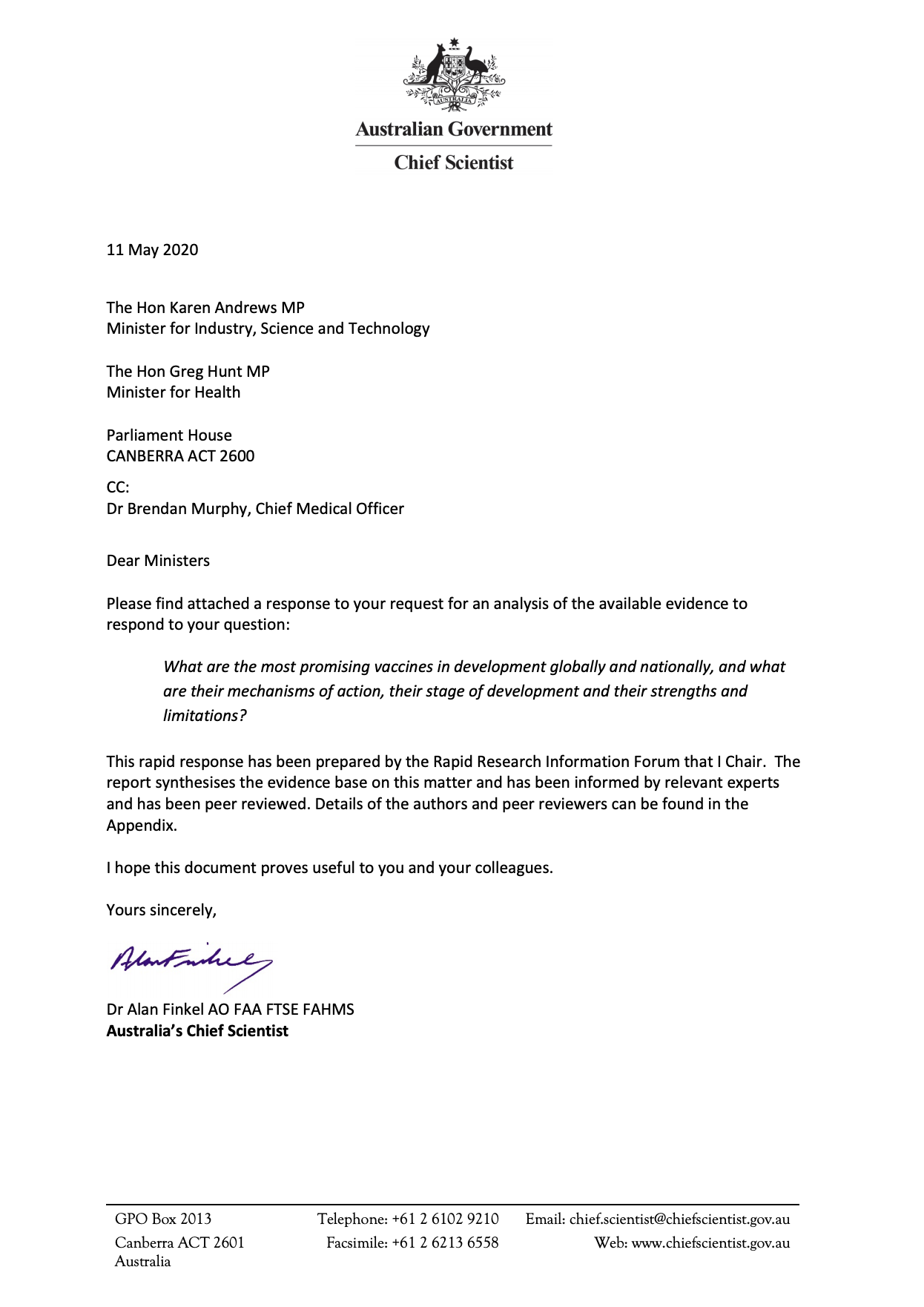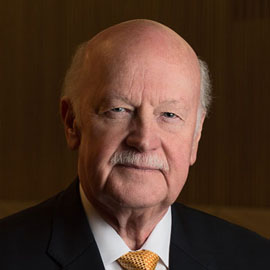This rapid research brief synthesises the evidence on the most promising vaccines in development globally and nationally, their mechanisms of action, their stage of development and their strengths and limitations.
The original brief was delivered on 11 May 2020 and the most recent update was provided on 17 June 2020.
Key findings (updated):
- There are currently 11 vaccine candidates for COVID‑19 in clinical trials. Five of the six vaccines being developed outside of China use new platform technologies and the five being developed in China use traditional inactivated whole virus candidates.
- National and international initiatives are being implemented at an unprecedented scale to speed up the research translation process.
- Phase I safety results for a COVID‑19 vaccine candidate, Ad5-nCoV, were published by Cansino Biologics, China, on 22 May 2020. Its vaccine was tested in 108 participants, no serious side effects were reported and the vaccine was able to elicit a neutralising antibody response.
- Safety, immunogenicity and efficacy results from other vaccine candidates can also be expected in 2020. This may inform the initial use of a limited number of vaccine doses under emergency or compassionate protocols for at-risk populations including frontline health workers, the elderly and those with significant comorbidities.
- It is too early to select the ‘most promising’ vaccine candidates for widespread population use as we do not yet know enough regarding the safety or efficacy of each candidate, or global capability to manufacture them at large scale under Good Manufacturing Practice conditions. It is not a given that vaccines used or licensed first will be the most effective.
- The University of Queensland has announced its partnership with CSL as the trusted manufacturer of its COVID‑19 vaccine candidate if clinical trials are successful.
- It is important for Australian researchers and industry to maintain strong collaborations with global vaccine consortia.






